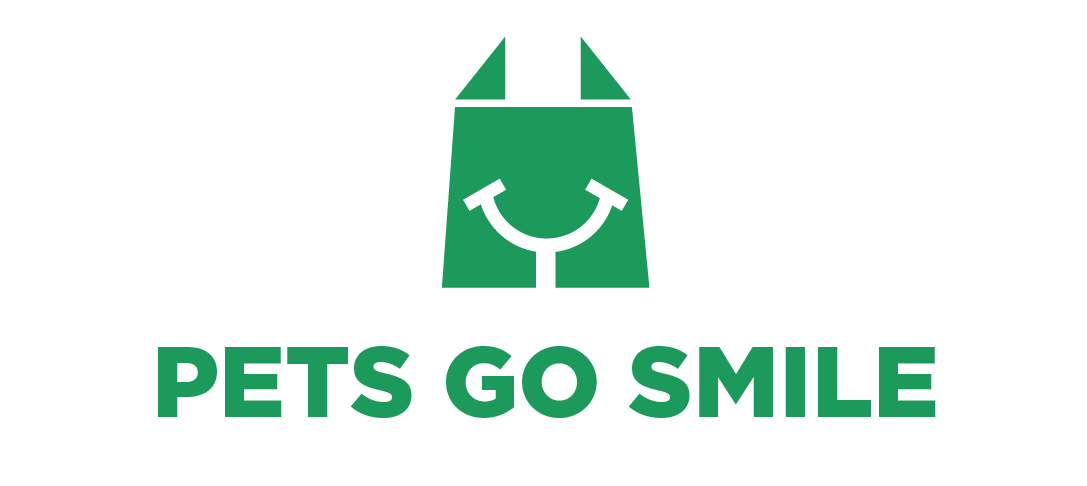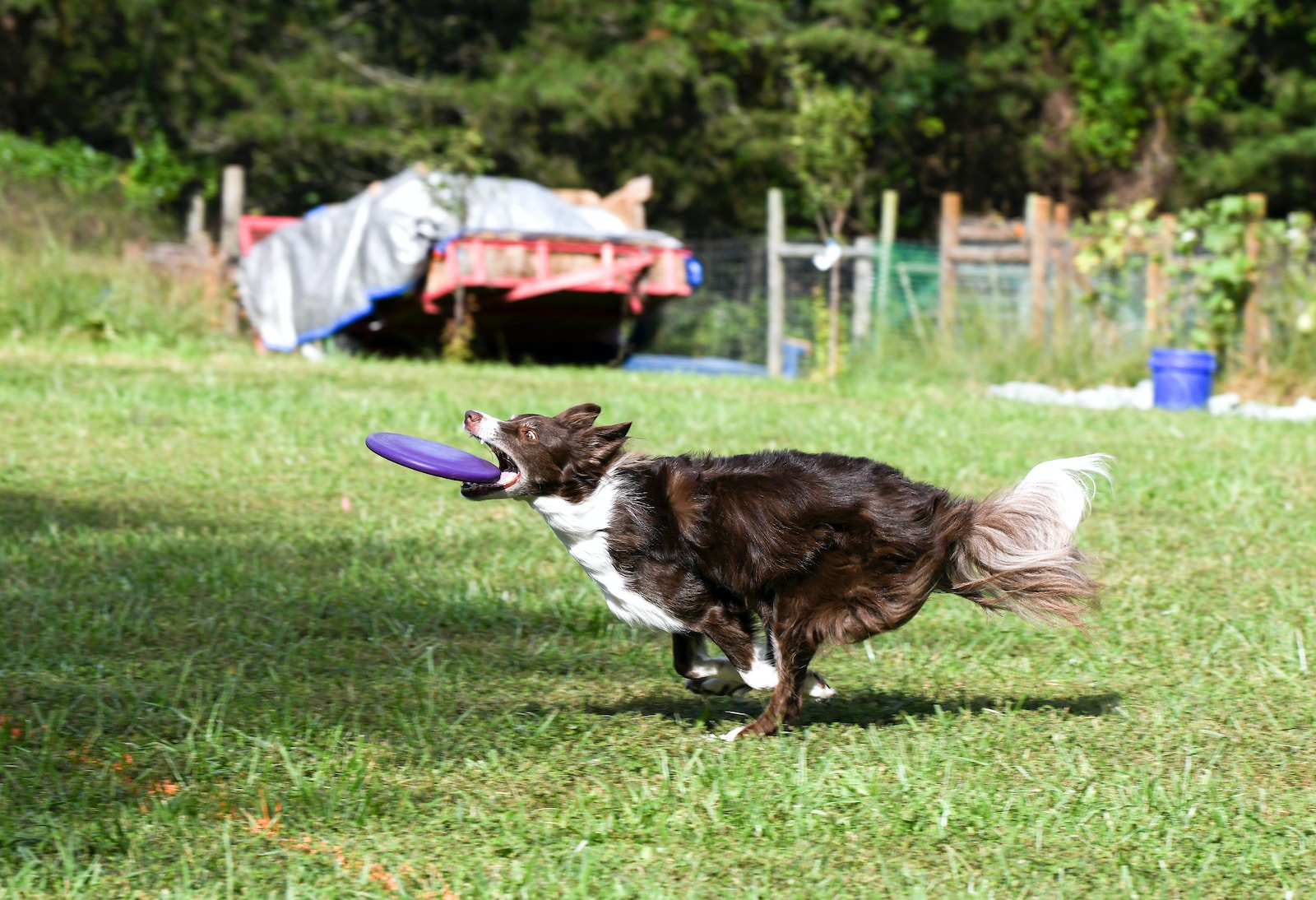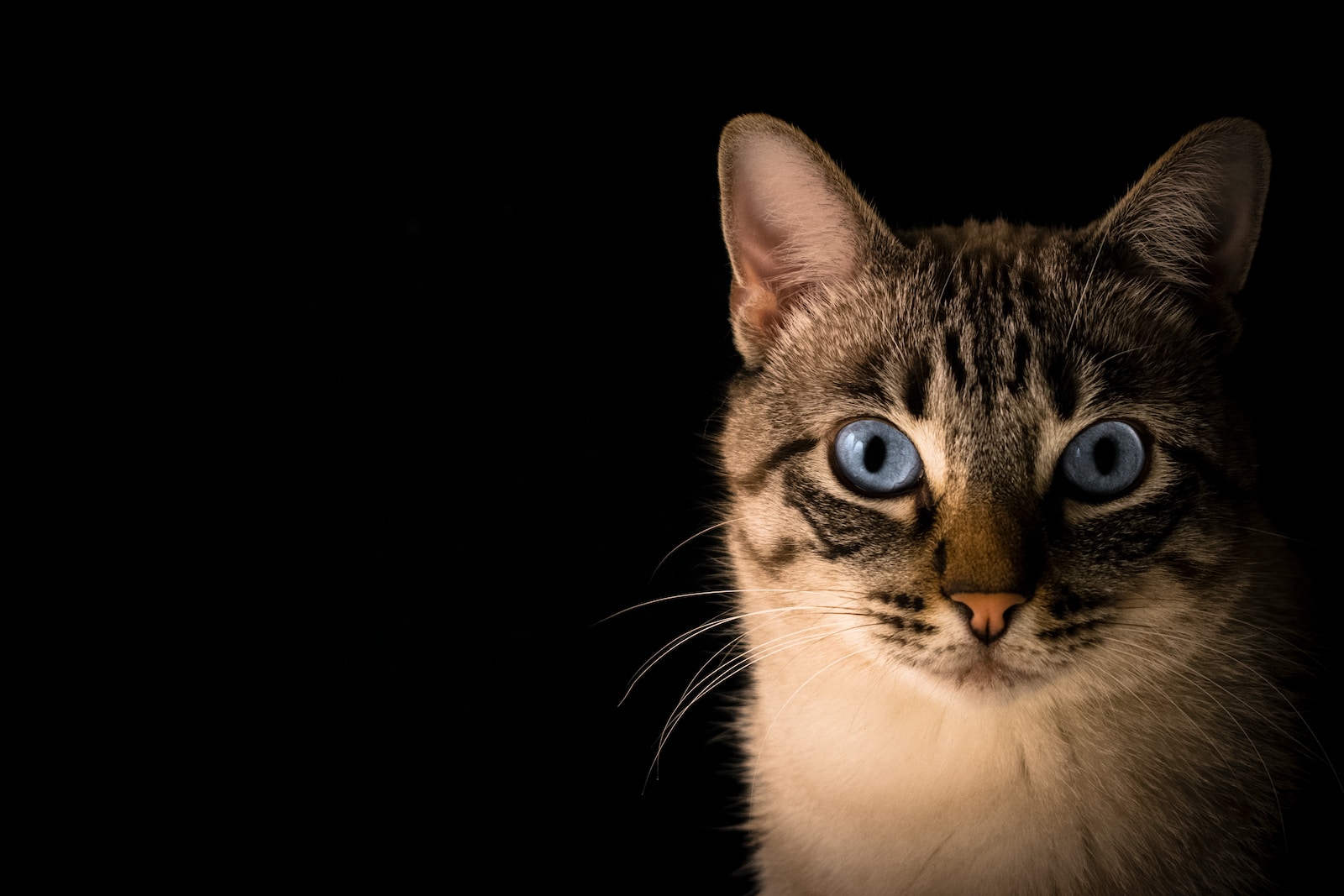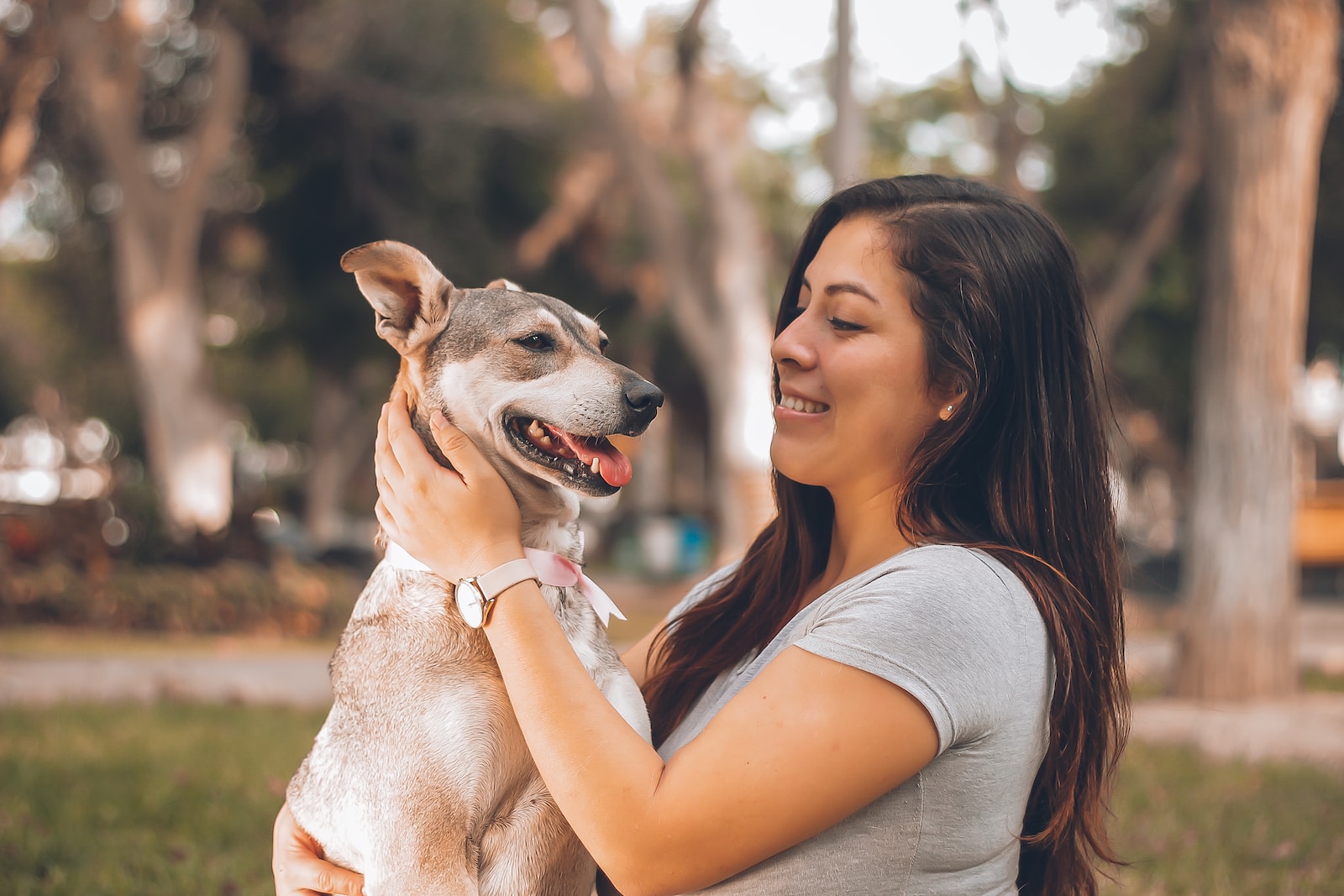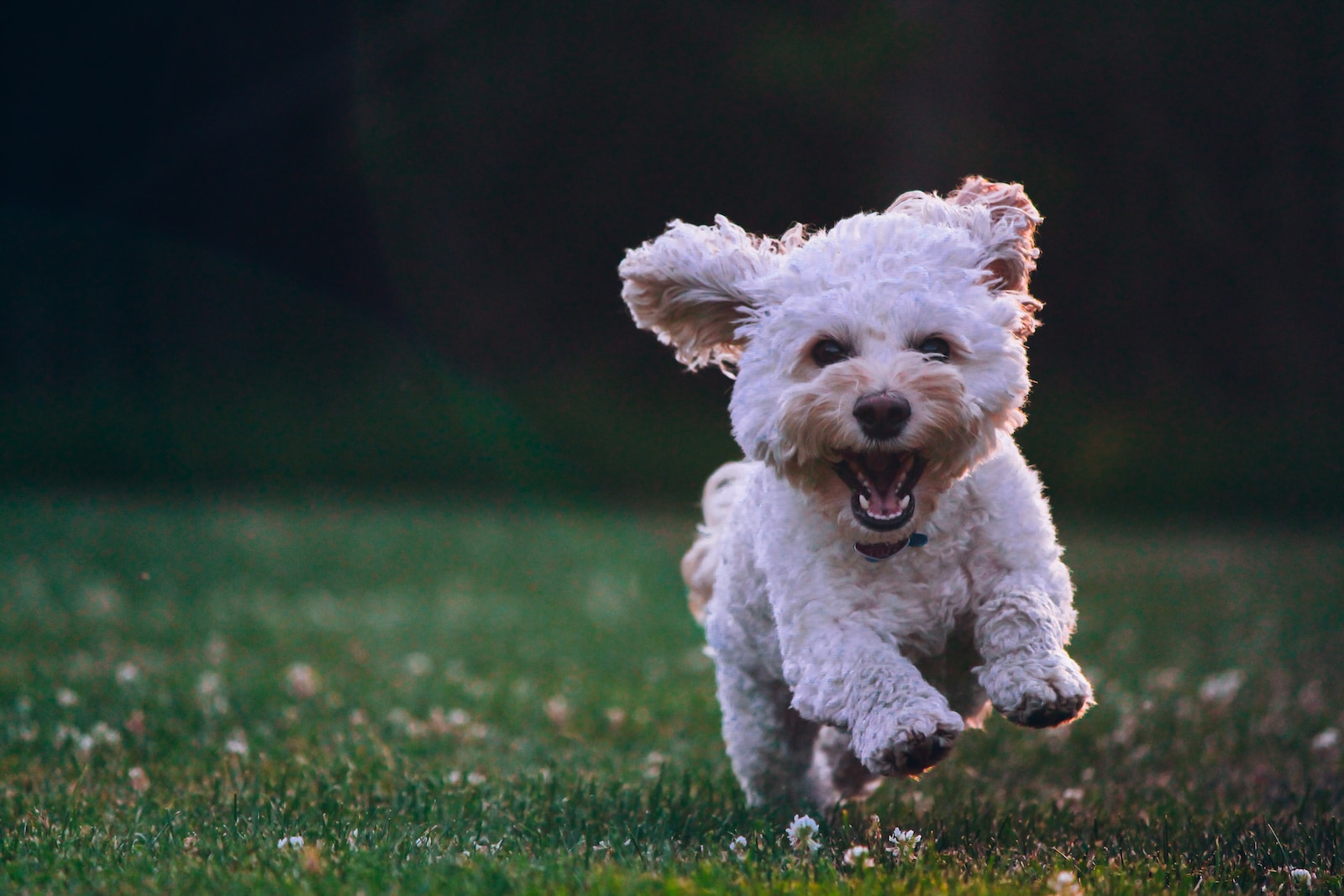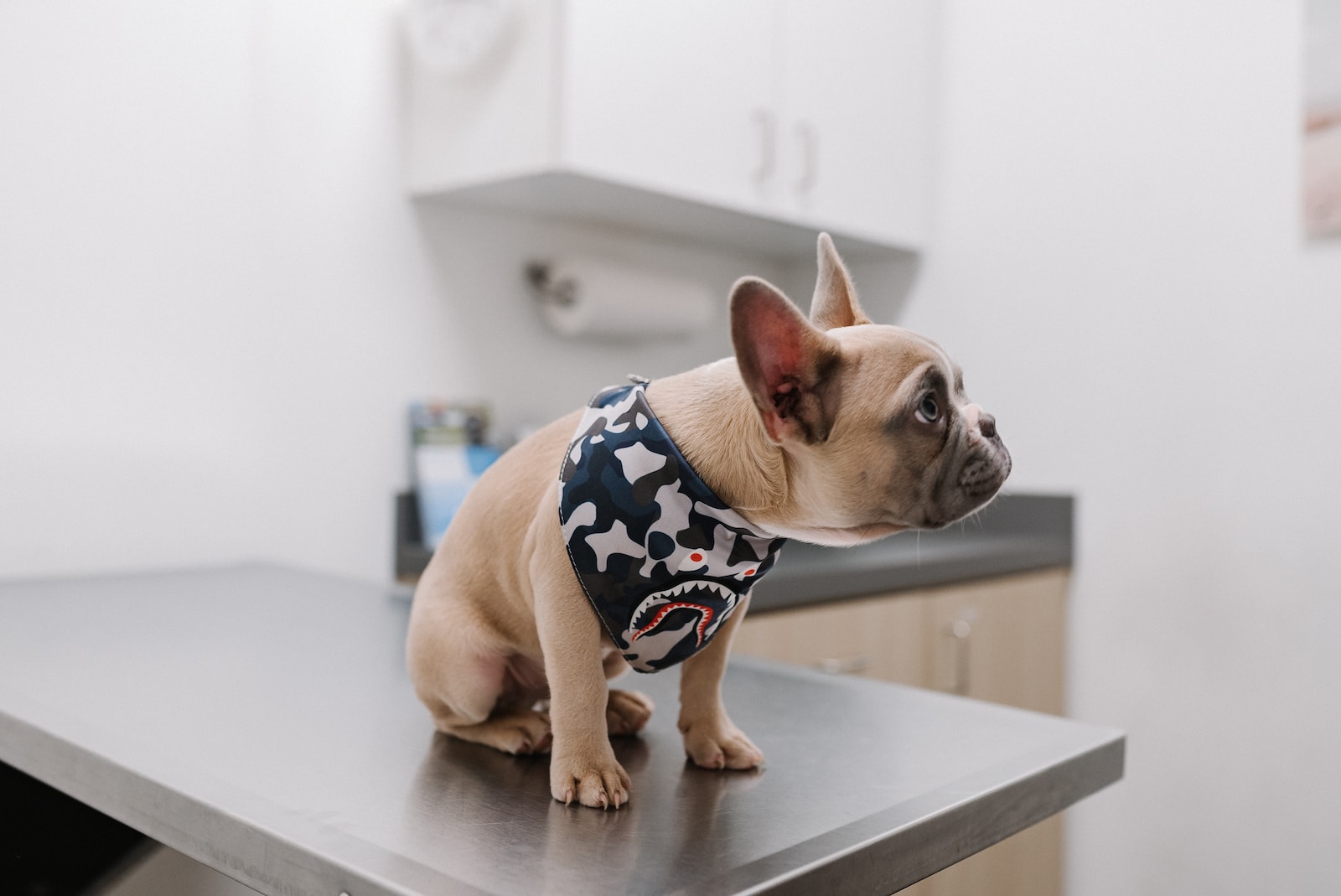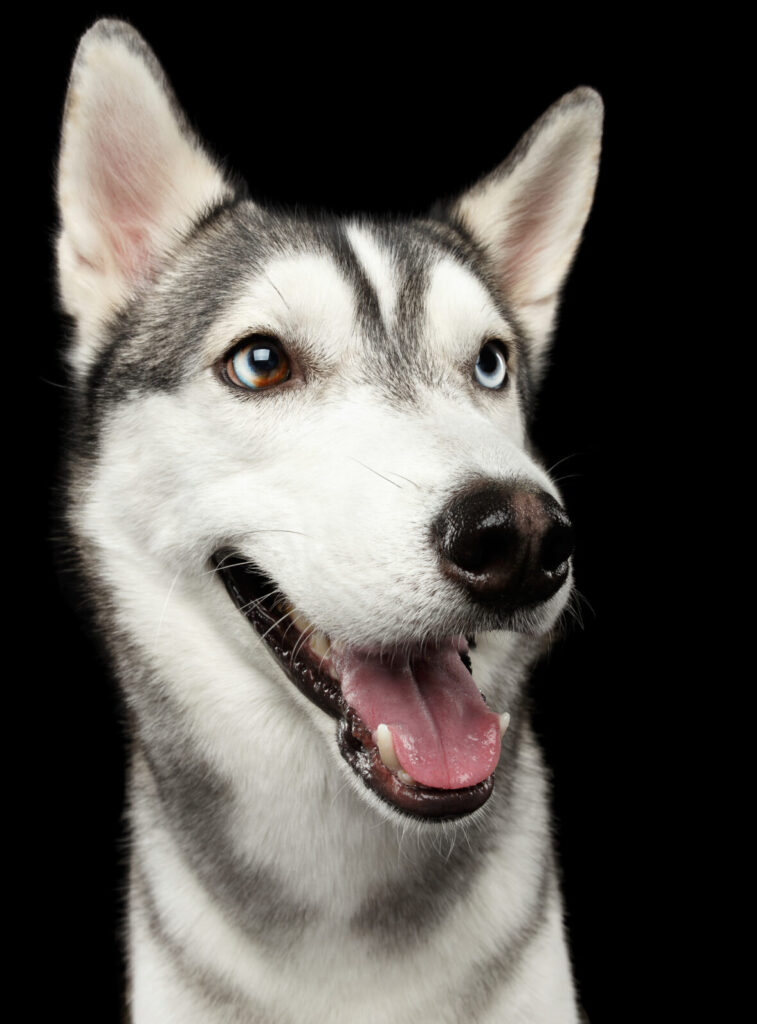For pet toy manufacturers, understanding the behavior of animals is key to developing products that their customers will love.
By incorporating insights into animal behavior and psychology, manufacturers can create toys that are not only fun but also beneficial for both pets and owners alike.
In this article, we’ll explore how pet toy manufacturers use behavioral insights to design products that meet the needs of both pets and their owners.
We’ll also discuss some of the challenges they face in doing so and how those challenges can be addressed.
By looking at these topics from a variety of angles, we hope to provide an in-depth look at how companies incorporate behavioral insights into marketing strategy and product development.
Understanding Pet Behavior
Understanding pet behavior is crucial for pet toy manufacturers to develop products that effectively engage and entertain pets.
By gaining insights into the behavioral patterns and preferences of different pets, manufacturers can tailor their toys to meet the specific needs and instincts of dogs, cats, birds, and small mammals.
Dogs may exhibit various play styles, while cats have unique hunting instincts. Birds require toys that stimulate their cognitive abilities, and small mammals have specific chewing habits.
By comprehending these behaviors, manufacturers can create toys that provide appropriate mental stimulation, exercise, and satisfaction for pets, resulting in happier and healthier companions.
The Significance of Behavioral Insights in Pet Toy Design
Incorporating behavioral insights into pet toy design is key to developing products that serve as effective playmates for pets.
By understanding the preferences and tendencies of animals, manufacturers can develop toys that provide mental stimulation, improve physical activity, increase problem-solving skills, and nurture growth and development in animals.
All these factors are important when considering how to design pet toys that provide the most benefit.
Common Pet Behaviors to Consider
1. Dogs:
Dogs have a diverse range of play styles, including fetch, tug-of-war, and interactive play. They also have a natural instinct to chew, which helps relieve stress and keeps their teeth clean.
Understanding these behaviors allows pet toy manufacturers to design toys that cater to different play preferences and provide appropriate outlets for chewing.
Toys with durable materials, varied textures, and interactive features can keep dogs engaged and mentally stimulated while promoting dental health.
2. Cats:
Cats possess innate hunting instincts, which drive their need for play and mental stimulation.
They enjoy stalking, pouncing, and chasing prey-like toys. Interactive toys that mimic the movement of small prey can engage their predatory instincts and provide exercise.
Additionally, many cats enjoy scratching, so incorporating scratching surfaces or posts into toys can help satisfy this natural behavior.
Manufacturers can also consider toys that encourage mental engagement, such as puzzle toys that dispense treats or toys with hidden compartments.
3. Birds:
Birds are highly intelligent creatures that require mental stimulation and physical exercise.
They enjoy toys that provide challenges and encourage problem-solving abilities.
Foraging toys, which require birds to find and extract treats from compartments or hidden areas, can keep them engaged and mentally stimulated.
Toys that provide opportunities for climbing, swinging, and flying within a safe enclosure can help birds fulfill their natural behaviors and promote physical exercise.
4. Small mammals:
Small mammals like rabbits, guinea pigs, and hamsters have specific behaviors and needs.
They require toys that promote their natural chewing habits and provide mental stimulation. Chew toys made from safe materials help maintain dental health and prevent boredom.
Toys with hiding spots and tunnels cater to their natural instinct to burrow and explore. Interactive toys that dispense treats or require problem-solving skills can engage their curiosity and provide entertainment.
Additionally, small mammals benefit from toys that encourage physical activity, such as exercise wheels or tunnels to run through.
By considering these common pet behaviors, pet toy manufacturers can develop toys that align with their target audience’s pets’ needs and preferences, resulting in toys that effectively engage and entertain dogs, cats, birds, and small mammals while promoting their physical and mental well-being.
Researching Pet Behaviors
Conducting Behavioral Research
1. Observational Studies:
Observational studies involve carefully observing and documenting pet behaviors in various contexts.
This research method allows pet toy manufacturers, pet store businesses, and pet clinics to gain firsthand insights into how pets interact with toys and their surrounding environments.
By observing pets playing with different toys, their preferences, play styles, and reactions can be noted.
These studies can help identify trends and patterns, guiding manufacturers in developing toys that align with observed behaviors and increasing the chances of successful engagement and satisfaction for pets.
2. Surveys and Questionnaires:
Surveys and questionnaires provide a valuable means of collecting data on pet behaviors, preferences, and the effectiveness of different toy designs.
Pet toy manufacturers, pet clinics, and pet supply stores can distribute surveys to pet owners, collecting valuable feedback on their pets’ behaviors and toy preferences.
Questions related to play styles, favorite types of toys, and toy durability can offer valuable insights. Additionally, surveys can provide an avenue to gather feedback on specific toy features and solicit suggestions for improvements.
By leveraging surveys and questionnaires, businesses can obtain a wider perspective on their pet ownership behaviors and preferences, informing their product development and inventory decisions.
3. Consulting Veterinarians and Animal Behaviorists:
Veterinarians and animal behaviorists are experts in understanding pet behavior and can provide valuable insights for pet toy manufacturers, pet clinics, and pet store businesses.
These professionals can offer guidance on specific pet behaviors, cognitive stimulation needs, and health considerations that should be taken into account when designing toys.
Collaborating with veterinarians and behaviorists allows businesses to tap into their knowledge and expertise, ensuring that the toys pet brands they develop are safe, appropriate, and beneficial for pets.
Additionally, these experts can provide recommendations on the types of toys that promote physical exercise, mental stimulation, and address specific behavioral issues, enabling businesses to offer informed advice and recommendations to their customers.
This research helps them develop toys and pet supplements that provide recommendations that align with pet preferences, promoting better engagement, and enhancing the overall well-being of pets.
Identifying behavioral patterns and preferences
1. Playstyles and Interactions:
Observing pets playing with different toys can inform manufacturers on the types of playstyles that are most enjoyed.
These observations can also provide insight into interactive features and design elements that encourage more engagement from pets.
Additionally, they can help identify preferred colors, sounds, textures, and shapes to incorporate into the design of new products.
2. Chewing habits and preferences:
Chewing is a natural behavior for many animals, including cats, dogs, birds, and small mammals.
Manufacturers can observe chewing habits to determine which materials are preferred by pets and the types of shapes or sizes that they prefer.
They can also identify trends in chewing styles, such as if pets prefer to chew toys with ridges, knobs, or texture.
By understanding chewing habits and preferences, manufacturers can develop toys that better meet the needs of their target audience’s pets while promoting their dental health.
3. Hunting instincts and behaviors:
Animals have an innate hunting drive that can be addressed through the development of toys that promote their natural instincts.
Manufacturers can create interactive toys that offer treats for pets to search for, such as those with hidden compartments or puzzles for them to solve.
These types of toys help fulfill a pet’s instinctual urge to hunt and explore.
4. Cognitive stimulation needs:
In addition to physical stimulation, pets require mental stimulation in order to remain engaged and prevent boredom.
Manufacturers can develop toys that challenge the cognitive abilities of their target audience’s pets, such as those that require problem-solving skills or involve movement.
These types of activities offer an opportunity to engage a pet’s natural curiosity, keep them interested, and promote their overall mental health.
Incorporating Behavioral Insights into Product Development
Toy Materials and Textures
When incorporating behavioral insights into product development, pet toy manufacturers must prioritize durability and safety.
Toys should be made from materials that can withstand pets’ chewing and play behaviors without breaking or posing a choking hazard.
Additionally, it is essential to ensure that pet brands and toys are free from harmful chemicals or toxins that could be ingested by pets. By considering durability and safety, manufacturers can provide pet owners with toys that are long-lasting and safe for their furry companions.
Understanding pets’ natural instincts to chew and scratch allows manufacturers to design toys with engaging textures.
Dogs often enjoy toys with different textures, such as ropes, ridges, or soft plush materials, that satisfy their chewing needs and keep them entertained.
For cats, incorporating materials like sisal, which mimic the texture of tree bark, can provide satisfying scratching surfaces.
Interactive and Puzzle Toys
Interactive and puzzle toys are excellent tools for stimulating pets’ problem-solving skills.
These toys challenge pets to figure out how to obtain treats or access hidden compartments, requiring them to use their cognitive abilities and problem-solving skills.
For dogs, puzzle toys with movable parts or compartments that require manipulation can keep them mentally engaged.
Similarly, cats can benefit from toys that require them to strategize or use their paws to retrieve treats. By incorporating interactive and puzzle elements into toy designs, manufacturers can promote mental stimulation and prevent boredom in pets.
Incorporating behavioral insights into product development also involves creating toys that encourage physical and mental exercise.
Interactive toys that require pets to chase, jump, or engage in physical activity promote healthy exercise routines.
For example, toys with feathers or dangling strings can stimulate cats’ natural prey instincts, encouraging them to engage in physical play.
Furthermore, toys that dispense treats or challenge pets to solve puzzles engage their minds while also providing physical activity.
Scent and Taste Preferences
Pets have a strong sense of smell, and incorporating appealing scents into toys can enhance their engagement.
For example, dog toys infused with the scent of bacon or other enticing aromas can attract their attention and keep them engaged in play.
Similarly, cats may be drawn to toys with catnip or silver vine, as these scents are known to excite and stimulate them.
In addition to scents, taste preferences can also play a role in toy engagement. Manufacturers can develop taste-enhanced toys by using materials that release subtle flavors when chewed or licked by pets.
For example, flavored chew toys for dogs or treat-dispensing toys for cats can make playtime more enticing.
Size and Shape Considerations
Pet toy manufacturers should consider market size and the diverse sizes and breeds of pets when designing toys.
Toys should be available in various sizes to accommodate both small and large pets, ensuring that all pets can safely engage with them.
For example, small dogs may require toys with smaller components that they can easily grasp, while larger dogs may need sturdier and more substantial toys.
Different pets exhibit specific play behaviors, and designing toys that cater to these behaviors can enhance engagement.
For example, dogs that enjoy fetch may benefit from toys with a shape that facilitates easy gripping and throwing.
Cats that prefer batting and swatting behaviors may be more engaged with toys that have dangling strings or feathers.
Testing and Refining Products
Beta Testing with Pets and Pet Owners
Beta testing with pets and their owners allows pet toy manufacturers to gather valuable feedback and observations regarding the performance and appeal of their products.
By providing prototypes or early versions of toys to a select group of pet owners, manufacturers can collect feedback on factors such as durability, engagement, and safety.
Pet owners can provide insights into their pets’ responses, preferences, and any potential improvements needed.
This feedback helps manufacturers understand how the toys perform in real-life settings and guides them in making informed refinements.
Beta testing provides an opportunity for manufacturers to make iterative improvements to their toy designs.
By carefully analyzing the feedback and observations received from pet and dog owners themselves, manufacturers can identify areas that require enhancement or modification.
This iterative approach allows manufacturers to refine their pet products further, addressing any issues or concerns raised by pet owners.
Monitoring Market Trends and Customer or Pet Parents’ Feedback
Pet behaviors can evolve over time, influenced by various factors such as lifestyle changes, training techniques, or emerging industry trends.
Pet toy manufacturers need to stay informed about these changing behaviors to develop products that remain relevant and appealing.
By monitoring market share trends and staying up-to-date with the latest research in pet behavior, manufacturers can anticipate shifts in preferences and adjust their product development strategies accordingly.
This proactive approach ensures that the toys they offer align with current pet behavior patterns and meet the evolving demands of pet parents.
Customer or pet parents’ feedback plays a crucial role in refining and developing successful pet toys.
By actively seeking and listening to customer feedback, manufacturers can gain valuable insights into the specific preferences, suggestions, and expectations of their target audience.
This feedback may include requests for specific features, concerns about safety, or suggestions for new toy concepts.
This iterative approach, backed by real-life usage feedback and market insights, allows manufacturers to continuously improve their toys, resulting in higher customer satisfaction, increased sales, significant growth and a stronger presence in the global pet and toy market.
Collaborating with Veterinarians and Experts
Consulting Veterinarians and Animal Behaviorists
Collaborating with veterinarians and animal behaviorists provides pet toy manufacturers with access to professional expertise and insights into pet behavior.
These experts possess in-depth knowledge of various species’ behaviors, including dogs, cats, birds, and small mammals.
By consulting with them, manufacturers can gain valuable insights into the specific behaviors, needs, and instincts of different pets.
This understanding allows manufacturers to design toys that cater to these behaviors, ensuring that their products are both engaging and beneficial for pets.
Veterinarians and animal behaviorists can offer guidance on specific health considerations when it comes to toy development.
They can provide insights into common issues such as dental health, joint health, or weight management.
For example, veterinarians can advise on the appropriate materials or sizes to avoid causing dental problems or potential hazards.
Partnering with Pet Industry Experts for Product Endorsements and Recommendations
Partnering with other pet care industry experts, such as veterinarians, trainers, or reputable animal organizations, can significantly enhance the credibility and trustworthiness of pet toy manufacturers.
Endorsements and recommendations from these experts serve as valuable endorsements for online retailers regarding the quality and effectiveness of the toys.
Customers often trust the opinions and recommendations of industry professionals, which can lead to customer relationships, increased brand reputation, customer loyalty, and improved sales.
The expertise of veterinarians and pet food industry experts can be leveraged for marketing retail sales purposes.
Manufacturers can highlight the collaboration and input of these professionals in their marketing materials, such as product packaging, websites, and social media campaigns.
This demonstrates a commitment to producing high-quality products backed by expert knowledge.
Additionally, experts can be invited to provide educational content, participate in webinars, or contribute to blog posts, further establishing the manufacturer’s brand as a trusted source of information and promoting their products to a wider audience.
This collaboration strengthens the development of pet toys that are well-informed, safe, and beneficial for pets, while also positioning the manufacturer as a trusted and reputable pet company and brand in the global pet toys industry.
Takeaways
Overall, pet toy manufacturers can incorporate behavioral insights through a variety of methods, including beta testing with furry family members and their owners, monitoring their customer data and feedback, consulting veterinarians and animal behaviorists, and partnering with pet industry experts.
By implementing these strategies and leveraging the expertise of professionals in the pet industry, manufacturers can create a high-quality pet toys market, that meets the needs of their target customers and contribute to pet spending and the satisfaction of pet owners.
This ensures that manufacturers are able to remain competitive in the market while ensuring that their products are safe, enjoyable, and beneficial for pets.
